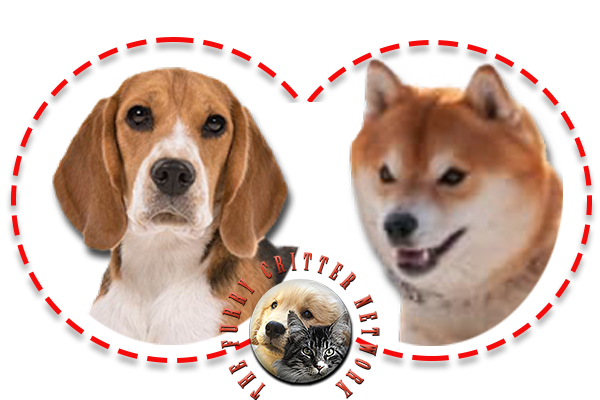Shiba Inu Breed Description - Cross #2
The Shiba Inu is the smallest of the six original and distinct breeds of dog from Japan. A small, agile dog that copes very well with mountainous terrain, the Shiba Inu was originally bred for hunting. It is similar in appearance to the Akita, though much smaller in stature. Inu is the Japanese word for dog, but the "Shiba" prefix's origin are less clear. The word shiba usually refers to a type of red shrub. This leads some to believe that the Shiba was named with this in mind, either because the dogs were used to hunt in wild shrubs, or because the most common color of the Shiba Inu is a red color similar to that of the shrubs. However, in old Japanese, the word shiba also had the meaning of "small", thus this might be a reference to the dog's small size. Therefore, the Shiba Inu is sometimes translated as "Little Shiba Inu".
Shibas range in height from 14.5 to 16.5 inches (37 to 42 cm) at the withers for males, and 13.5 to 15.5 inches (34 to 39 cm) for females, with males weighing approximately 23 lb (10 kg), and females approximately 17 lb (8 kg). Height or weight outside of this range is a disqualifier in the show ring.
Shiba Inu have double coats, with a straight outer coat and a soft, dense undercoat that is blown generally two times a year, producing a relatively large amount of fur given the size of the dog. Shedding normally occurs at the beginning or end of each season. However, between seasonal sheddings Shibas generally shed in smaller quantities and require regular brushing.
Shiba may be red, black and tan, or sesame (red with black-tipped hairs), with a cream, buff, or grey undercoat. They may also be creamy white or pinto, though this color is not allowed in the show ring as the markings known as "urajiro" are unable to be seen. The urajiro markings are defined as a pattern of white in contrast to the dog's primary coat color that exists on the underside of the Shiba.






